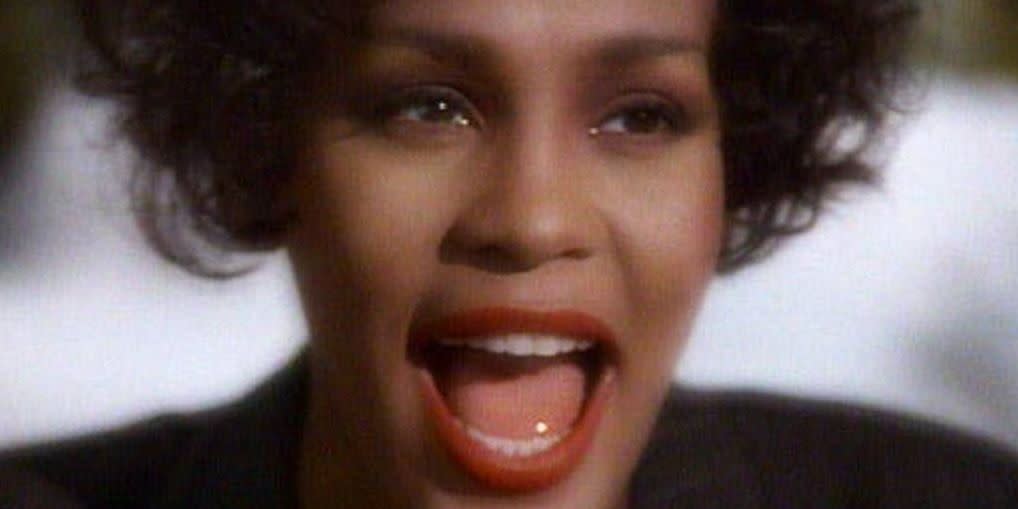The Enduring Appeal of 'I Will Always Love You,' Explained by Science

When it comes to chord changes, we like either no surprise or maximum surprise, scientists say.
Even the most predictable music makes us feel good, research continues to show.
In a new study published in Current Biology, researchers tried to quantify which kinds of chord changes people enjoy the most when listening to music.
One 2017 study is emblematic of existing thinking about chords. “To achieve greatness, a song needs a sudden chord change, according to U.S. neuroscientists who examined 545 top-selling pop songs from more than three decades,” the Daily Mail wrote in its coverage.
The researchers behind that study tested two ideas: first, that the most surprising music was the most pleasurable; and second, that a surprise followed by a predictable outcome was the most pleasurable. They concluded that a third path, which they named the Hybrid-Surprise Hypothesis, was closer to what they observed in their study. Listeners enjoyed a seemingly contradictory combination of total surprise and semi-surprise.
In the new study, funded by the Max Planck Society, researchers from several universities built on existing studies of ideas like expectation violation as they apply to music. Humans and even non-human primates form almost unconscious ideas of what we expect will happen next. Surprises, or expectation violations, can have hugely different impacts. Sometimes we find these surprises really upsetting, and sometimes we really like them.
Music offers an especially suited paradigm to study expectation violation. Even when we know what’s coming, grandiose classical music like “Pachelbel’s Canon” can still give us goosebumps. A half-step key change is a hallmark of power ballads, which use this most predictable form of surprise to catch our limbic systems off balance.
“Possibly the most infamous example is featured in Whitney Houston's ‘I Will Always Love You,’ a key change that—coming after a pause long enough to make a cup of tea—is all-conquering, all-powerful,” Glenn Waldron wrote in The Guardian.
Where the 2019 study differs from previous research is in scientists’ efforts to quantify surprise using machine learning. Like the 2017 study, these scientists pulled from the Billboard charts, itself a somewhat limiting and discriminatory choice. They found and analyzed 80,000 shifts between chords and presented these as isolated sounds rather than in the context of fully arranged pop music.
In their results, the researchers say listeners got the most pleasure from two subsets of chords: the most surprising and the least surprising. This is one reason the choice to study Billboard charting songs is so significant. In the 2017 study, those researchers pointed out that only choosing songs with enough radio airtime or other attention to chart is already self-selecting to be pleasing to a certain extent.
The 2019 researchers know this, too: “[A] highly surprising chord predicted with low uncertainty here is only relative to other chords present in commercially successful pop songs,” they write in the paper. The real surprise would be to find a truly unpleasant chord change in a pop song at all, although the Beatles’ “Only a Northern Song” plays with this idea with incoherent chords that sound more like 12-tone music than pop.
That’s on top of learned cultural awareness of song structures, modality, and historical canon. Hip hop may do the most direct sampling of other songs, but all the music we listen to is sampling chords, hooks, and other musical figures from previous generations of music. Vitamin C’s “Graduation (Friends Forever)” became the unofficial anthem of every commencement and prom in the world when it came out 20 years ago, but it’s basically an inspirational poem sung over “Pachelbel’s Canon.”
There is pleasure in sameness, since music itself triggers pleasure areas in our brains. And there is pleasure in the very different, like a pleasingly jarring chord change just a few seconds into “Wouldn’t It Be Nice” by the Beach Boys.
You Might Also Like

